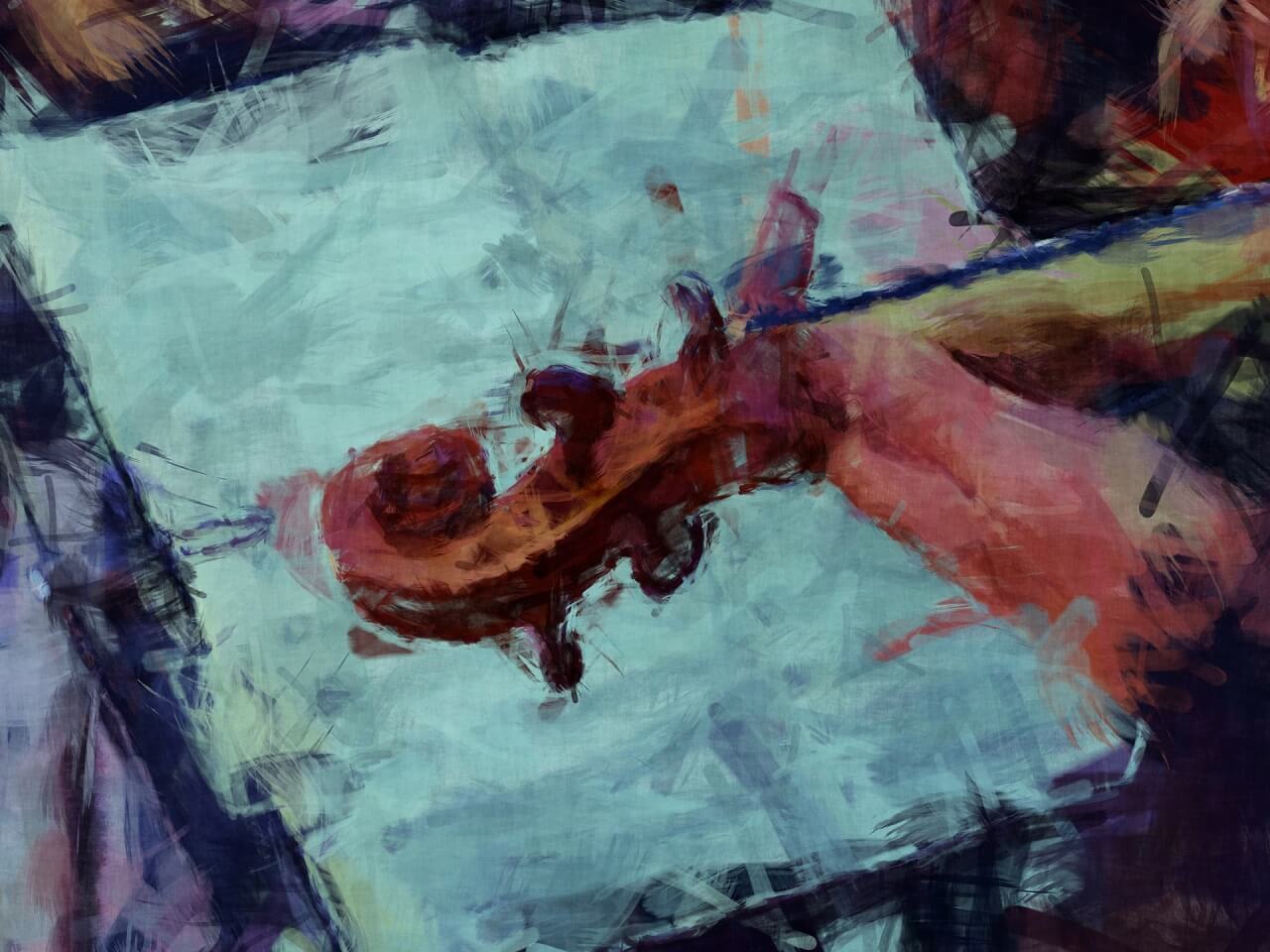In the afternoon 180 years ago, on May 27, 1840, the Genoese violinist and composer, who surprised the world for his splendid technique and the great innovations brought to his instrument, died in Nice, then part of the kingdom of Sardinia (Savoy-Piedmont), at the age of 58: Niccolò Paganini (1782–1840).
His biography states that when he was very young, he performed all over Italy. In 1828, he gave fourteen concerts in Vienna, in front of “a learned in music audience,” where “you can taste real music,” as we read in his letters of May 15 and June 11, 1828 (Paganini, epistolario, Siag Editore, Genova 1982, pp. 106, 108). Until 1834, our musician performed in numerous European cities, having widespread success. On June 21, 1837, he moved to France, in an increasingly precarious state of health: a laryngeal disorder had made him completely voiceless.
He died in Nice, seaport city in southeastern France, we said. Since 1891, the Italian marble tablet on the building of rue de la Préfecture bears testimony to it: “From this house, on May 27, of the year 1840, the soul of Nicolò Paganini rose to the sources of eternal harmony. The mighty wizard of magic tones rests in the earth; but in the gentle airs of Nice their supreme charm lives on.” Led by a probable misunderstanding between the dying and the Rev. Pietro Caffarelli, come to help him live his last moments in dignity and peace, Msgr. Galvano, bishop of Nice between 1833 and 1855, denied ecclesiastical funerals, burial in consecrated land, and the ensuing suffrages. This is what canons 1184 and 1885 of the Code of Canon Law established for apostates, heretics, schismatics, and other manifest sinners. The priest, not very sincere, had reported an arrogant ailing man who had finally driven him away; that “there were no visual expressions of religious belief in the house” and “four obscene pictures [copies, to tell the truth, of famous paintings kept in the Vatican —M.S.] hanging in the vestibule, one a Venus in a most shameful and disgraceful posture” (GIC De Courcy, Paganini, the Geonese, Vol. 1, Univ. of Oklahoma Press, 1957, p. 326).
Paganini “counted among the transgressors” (Is. 53:12)? Yet despite his shortcomings and the anecdotes about his life, which he publicized to promote his own image, the proofs of his Christian faith, although his private life was not exemplary, are not lacking. A few examples will suffice. On April 3, 1827, in Rome, he received from Pope Leo XII the papal patent of appointment to Knight of the Golden Spur, the same one that the composers Orlando di Lasso, Christoph Willibald Gluck, and Wolfgang Amadeus Mozart had before him, where the “Beloved Son Niccolò Paganini” is called “in arte fidicina … nemini secundus,” second to none in violin art. In various of his private letters, especially those “to the most Illustrious Advocate” as well as “Dear Friend” Luigi Guglielmo Germi, he manifests Catholic sentiments. He gives Achille Ciro (1825–1895), his only son, a religious instruction and is concerned with the preparation of this for First Communion. When it comes time to marry the English girl Charlotte Watson, he writes to Germi his intention to make the bride Catholic. And finally, in the concluding part of his will, dictated on April 27, 1837 and opened on June 1, 1840, we read: “A hundred Masses are to be said for me at the Capuchins. I commit my soul to the infinite mercy of my Creator” (R. de Saussine, Paganini, Greenwood Press, 1970, p. 246).
What would the bishop of Nice have done today, after the “conciliar turning point,” immersed as we are in a sort of “pagan” Christianity? Would he have recalled the four last things of man (death, judgment — universal and particular — Hell and Heaven) without reducing them, when it’s all right, to paradise? Would he have quoted the message of Fatima, which, opening with the terrifying vision of Hell, is a warning for us to live our earthly pilgrimage seriously, and to choose between eternal happiness and eternal damnation, before the Last Judgment in which the final sentence will be pronounced? These days, during the funeral of personages with questionable history, would he have favored the silence — more dignified — and the prayer for the repose of their souls, and discouraged those scandalous panegyrics, in which religious illiterates are led to think a merciful Heaven would deny no one salvation? Would he have maintained that words like “save us from final damnation, and count us among those you have chosen” (Roman Missal, EP I or Roman Canon, 88) are no longer antiquated, outmoded, cumbersome for postmodern man?
In his will, Paganini named his son Achille his universal heir and gave goods to the sisters, the mother of his son, and other people. He added: “I wish all ceremonies to be dispensed with at my funeral, and I desire that no musician shall write a Requiem for me[.] … I bequeath my violin to the city of Genoa, to be preserved forever.”
Only after 36 years of vicissitudes, the artist’s troubled remains found a worthy place at the Villetta cemetery in Parma. As can be read in the inscriptions, respectively behind the urn, in the pedestal that holds the bust above it, on the right and left side of it, “his son Achille da Palermo placed this monument in everlasting memory” on the “remains of Nicolò Paganini, a violinist who inspired the whole of Europe by his divine music and supreme talent, conferring great and unprecedented renown upon Italy.” “An extremely generous heart, he gave largely to relatives, artists and the poor.” “Most superior mind, he composed wonderfully in music, admired by the most illustrious masters.”


